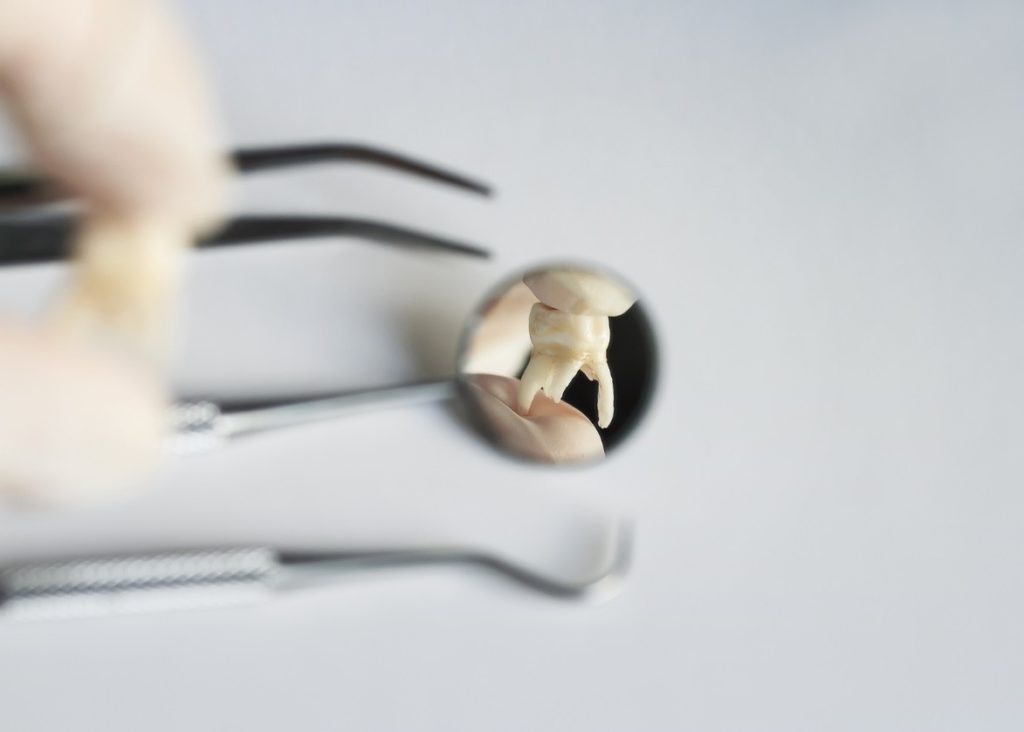Wisdom teeth, also called third molars, are the most posterior teeth on both ends of the upper and lower jaws. They typically erupt last and often cause crowding of other existing dentition due to the lack of space for eruption. Often, many patients experience various degrees of pain as the wisdom teeth begin to appear, which makes extraction sometimes necessary. Before you undergo wisdom teeth removal, however, you might want to discuss with your dentist what you can expect.

Initial Diagnosis
During the first visit, the patient will be asked a series of questions such as the severity of pain and a presence of fever or swelling. A panoramic X – ray may be taken for further evaluation. At that time, it is determined if the wisdom teeth qualify for removal. The reasons may vary and may include intrinsic (gastric) or extrinsic (dietary) factors.
Because the wisdom teeth are located in the most difficult part of the mouth to reach, they are hard to maintain and are never fully cleaned by the patients, especially those with limited hand mobility. These areas harbor excessive amounts of bacteria, plaque and tartar leading to an unpleasant odor in the mouth.
The Procedure
Fully erupted wisdom teeth are frequently extracted by using local anesthesia and a set of appropriate instrumentation. The procedure is called simple extraction. Teeth that are impacted (either partially or fully) may be removed with the help of IV sedation or general anesthesia. This procedure is called surgical extraction. At the end of the surgery, the sutures may be placed to aid the surrounding flesh heal faster.
Recovery Time
Dentists recommended that all four wisdom teeth are extracted at the same time to minimize the frequency of appointments and the recovery time. As the oral tissues are healing, the patient may experience moderate discomfort and swelling. Healthy individuals typically heal within two weeks and tolerate it well.
It is normally not necessary to see the oral surgeon after the surgery unless there are complications such as high fever, persistent pain, oozing from the extraction site or prolonged bleeding.
Wisdom teeth removal is a fairly routine procedure, and it is commonly recommended for people in their twenties. The extraction is less distressing, and the rehabilitation time is minimized. Because young tissues heal faster, this procedure prevents infections, swelling and bruising which may be expected for more mature patients.
Sources
Wisdom Tooth Extraction, MayoClinic.org
Wisdom Teeth, Colgate.com





